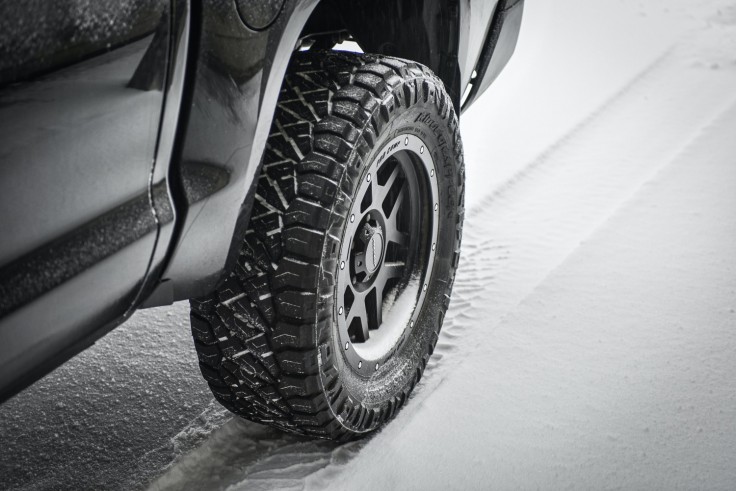You might think that buying winter tires is just an additional expense. However, getting winter tires is, in fact, a wise economic decision. In the long run, it could cost you less because winter tires prevent your summer and all-season tires from wearing out quickly.
The mobility of your vehicle is only as good as the tires you are driving on. While all-season tires seem to be a mighty choice, they will never beat out a winter tire in stopping and turning during slippery conditions of winter days. When doing tire shopping for winter, these are five things that you have to keep in mind.

1. Choose Studless Tires for Worst Winter Weather
You can find two types of winter tires available: studless and performance. Before deciding to shop for winter tires, know your driving needs first.
Studless is the more aggressive of the two types. Thus, if you need to drive every single day to get to work, with snow or no snow, then you're better off with a studless winter tire, according to Jalopnik.
When winter is at its worst, studless tires are the best to use as they have maximum snow and ice traction. They are also made from a special type of winter compound. Because of that, they provide traction on whatever the texture of the road surface might be.
2. Choose Performance Winter Tires for Icy and Cold Conditions
The other type of winter tire is the performance winter tire. It is designed to be used in icy and cold conditions. However, they are also good for clear roads and warmer days. They're better both in the wet and dry. Moreover, they feel better to drive on.
Performance winter tires have a higher speed rating than studless winter tires. They might not have the same bite as studless tires do in the snow, but they are still your best option if you live in a city and don't necessarily drive huge distances every day but still want a nice winter tire.
Read Also: 2021 Ford Bronco vs. Jeep Wrangler: New Video Hypes Bronco's Terrain Power!
3. Look for the Three-Peak Mountain Snowflake Symbol
Another thing to look for when buying winter tires is the Three-Peak Mountain Snowflake symbol. This can usually be found on the sidewall of a winter tire, typically located closer to the rim edge.
The symbol signifies that the tire passes a standardized traction test. Previously, only winter tires had this symbol. However, now, some all-season tires have them as well. But when you are tire shopping, keep in mind that even if an all-season tire is also branded, it still won't perform in the same manner as a branded winter tire, particularly in low-traction conditions.
4. Put Winter Tires on All Four Wheels
In order to ensure maximum safety and control over your vehicle in cold weather conditions, put winter tires on all four wheels, according to Michelin.
Some people are opted to just put winter tires on two wheels, but fitting winter tires just on the front axle can make the rear axle slide more easily. With this, you may risk spinning the vehicle under acceleration or when turning. Meanwhile, if you choose to fit only two winter tires on the rear axle, it increases the risk of driving straight on when you try to take a turn.
5. Store Your Winter Tires Properly
Finally, when winter is over, you have to remove and keep your winter tires. Once you have removed them, you'll have to store them until next winter.
To keep them safe, keep them in a cool, dry location. Avoid keeping them in an area where they can be heated because heat can be detrimental to the rubber compound. You might also opt to store them in black storage bags to prevent the rubber from drying or cracking.
Related Article: 2022 Toyota Tundra TRD Pro Tires Revealed! Specs, Exterior and Bigger Load Capacity Teased









